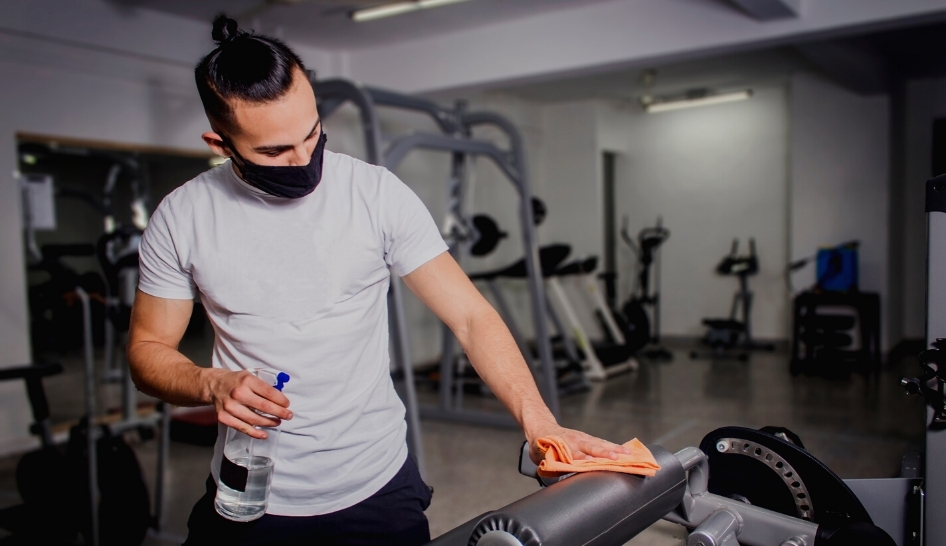For the first time in months, India's health and fitness clubs can reopen their doors to the public. With the approval of stakeholders and the Chief Minister of Maharashtra State Uddhav Thackeray, the more than 112 million people who call the region home will now be able to return to their gyms and safely exercise.
This substantial victory comes after months—upwards of seven in some areas—of national lockdowns. So, how did health clubs in India make the case that their businesses were safe to reopen?
A big help came from the United Health & Fitness Federation (UHFF), IHRSA’s Indian national federation partner. UHFF used IHRSA resources to back their claims that gyms could be part of the solution and operate safely with consistent efforts to persuade the government.
The Road to Reopening
Once UHFF had the opportunity to speak with government officials, it was clear that lawmakers were primarily concerned with:
- The close proximity of members working out,
- Perspiration, heavy breathing, and the humidity in an enclosed space,
- Asymptomatic members entering the facility, and
- How elderly members or those with comorbidities can exercise safely.
With COVID-19 cases rising globally and governments enforcing national lockdowns—for the second time in some countries—club owners and operators knew they had to act fast to get facilities in India to open. Perhaps one of the most challenging battles to date, in lobbying to reopen health clubs, UHFF took every opportunity to catch the government’s attention.
UHFF filed a change.org petition in support of reopening health and fitness clubs in Maharashtra State. The federation also gained the government’s support using Twitter campaigns, where they helped spread the message that health clubs could:
- be part of the solution for contact tracing,
- successfully implement and follow strict safety and cleaning protocols, and
- easily communicate with and identify anyone that visits the facility at any time (members, staff, and the community).

